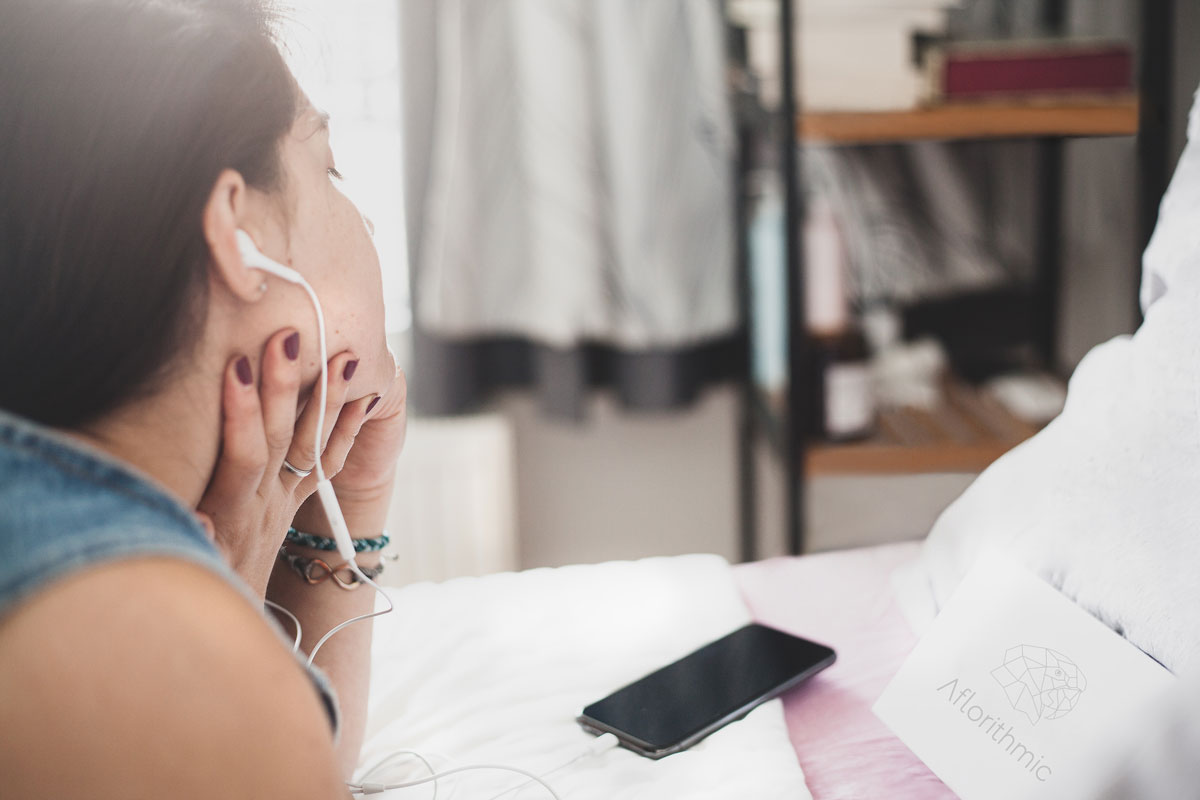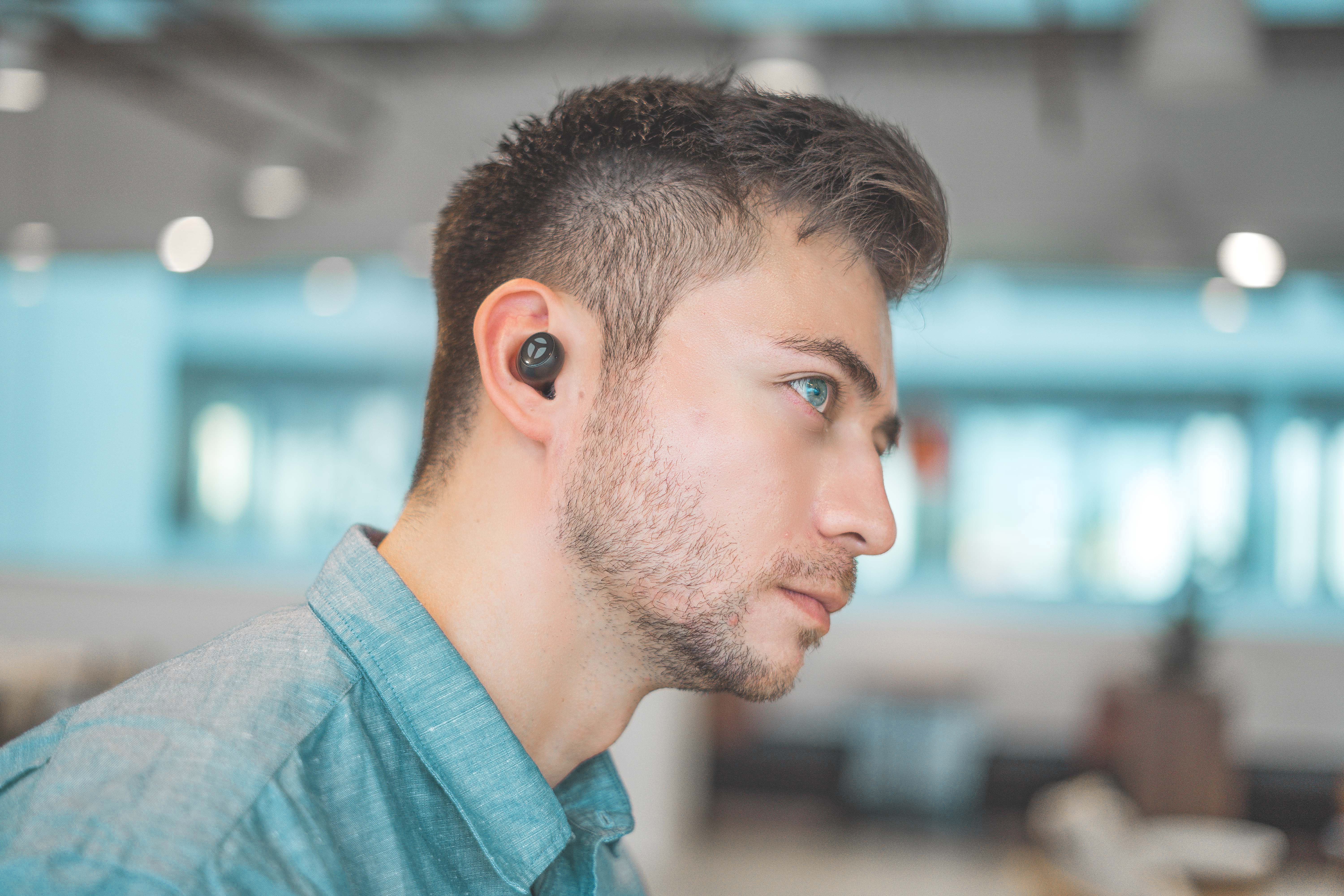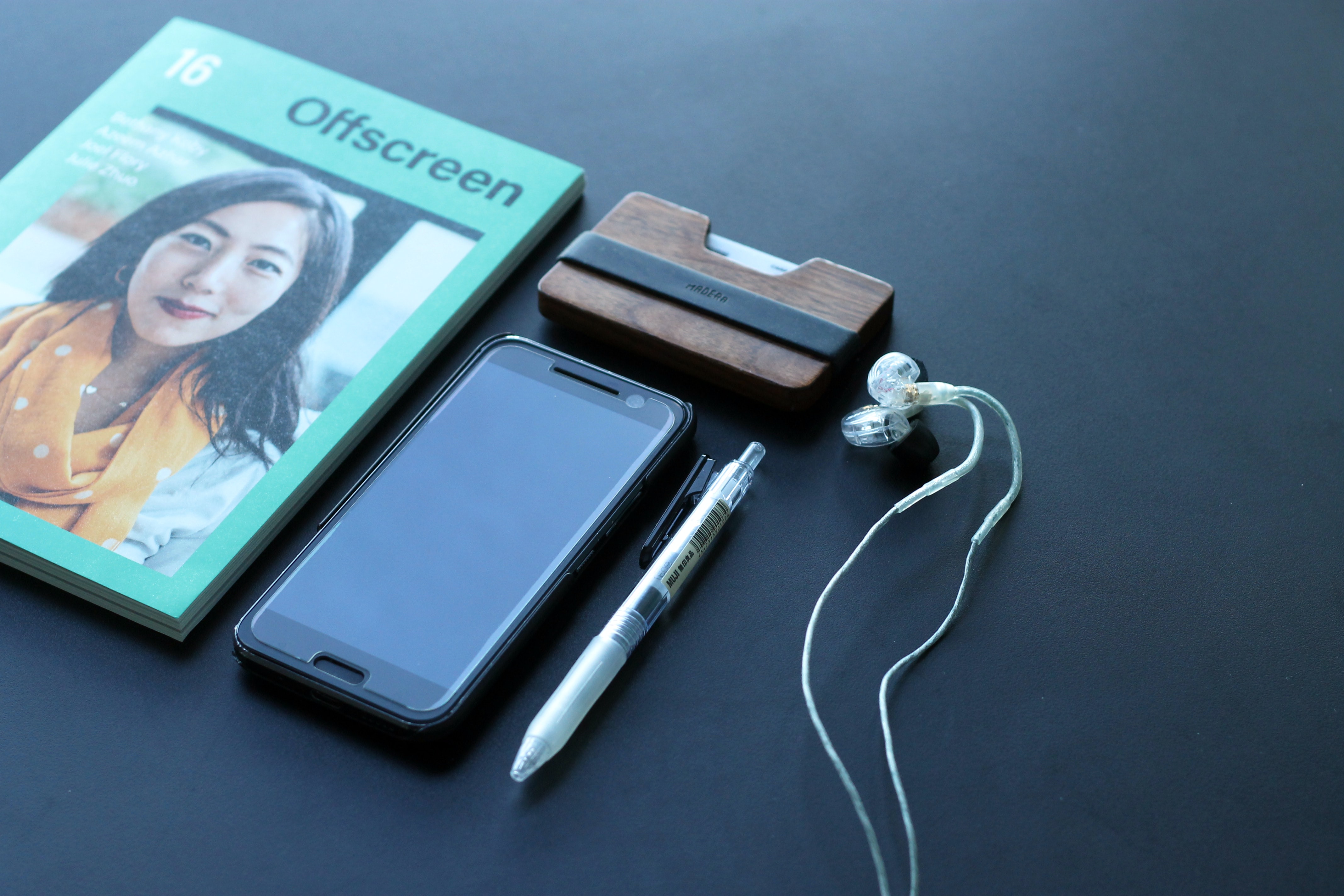BUSINESS
How To Increase User Engagement For Your App Using Audio
Learn how personalized audio can help you to increase your app's daily active users by adding value in the right moment and delivering the most engaging messages. (5 min read)

Matt

DAU (Daily Active Users) is widely accepted as one of THE go-to metrics when it comes to app engagement. Often DAU is measured by app opens. However, what really matters is keeping users engaged as it leads to a higher consumption of your content and, if done correctly, ultimately to more people making in-app purchases or signing up for premium features.
Paid vs Organic
Your toolbox for increasing DAU includes paid and organic measures. Paid, consisting of app Install campaigns and retargeting are probably the biggest lever but they will, of course, come with a huge price tag.
Organic measures include the technical aspects such as size of your app, loading times, UX and UI design improvements on one side. On the other hand you have the content related measures such as writing engaging copy, rolling out new features, sending engaging push notifications, collecting feedback as well community building and ASO (App Store Optimization).
So far so good. If you have been working with apps, none of this is new to you. But how about adding another tool to your DAU workbench: Personalized audio.
Why does it matter?
Let’s face it: Your mobile phone and the apps you run on it are a very personal, almost intimate thing. It’s only natural to give people the feeling they are opening an app that is only made for them. A great way to do this is addressing your users by their name. You’ve seen that on numerous apps and there’s a reason why: it increases engagement.
Adding audio to the mix makes your app even more personal. Sure, reading text is great but hearing your name is stronger. It’s something we all are used to and it’s most likely one of the first things we have been exposed to as babies. However, personalization doesn't have to stop there: Location, time of day, personal preferences, favorite speaker voice or preferred background music make the experience all the more unique to the user.
So personalized audio in apps is a no-brainer but it has never been possible before because audio has to be written, recorded, edited, mastered and produced. How can you do that on scale for thousands of users? The solution is taking out the part where you rent the studio and hire the voice actors and producers. Instead, just automate the process.
How to use personalized audio with your app

Consuming personalized content makes audio all the more interesting for apps.
Education, education, education
The concept of personalized audio is something totally novel to any user. There are literally no apps of any reasonable scale on the market at the time of writing this that offer personalized audio. Therefore, implementing it requires some education for your users. Not doing this is like superman walking around with a piece of kryptonite in his pocket. Here’s how:
1. Make sure you tell your users that you personalized their experience using audio.
You’ll want to do this in your app copy. A great way to do so is a pop up or a lightbox highlighting your new shiny feature.
2. Make sure you add clear visual queues wherever personalized audio is available.
This means there should be a play button, an earphones or a speaker icon next to your personalized audio. Expecting people to know that tapping some text will trigger an audio player is not good UX.
3. Tell your users what to expect.
This is something you can also tackle with outstanding UX design but we all know it’s hard and takes many iterations to get right. Over time it will become natural to your users but not so when you start out using personalized audio. Therefore, tell your users why they should hit play and what they will get. Examples are “Matt, tap here to get a personalized welcome message. You will get a new one each time you open the app.” or “Selma, tap here to get a pat on the back after finishing your workout. We all need it.”
Think Audio First
When using any type of audio, you’ll want it to seamlessly integrate to your user flow. If your app is audio based that’s relatively easy: your users are expecting to listen to audio content when they open the app. Still, it requires some skill and decent UX to create a perfect user flow. Think about where and when to add your personalized audio to get the most engagement out of your users.
There are also apps that are not audio first but audio is a natural add-on to improve the user experience. Think of any running app. They will give you some audio cues about distance, calories, duration, etc. and most of us are listening to music while we use them. However, these apps are not audio first, so implement your personalized messages smartly. A great way is using pep-talk messages when a run is just about to start. You’ll want to do that at the right moment, not when a user opens the app but when they’re about to start to run and are wearing their headphones.
If your app does not support any audio, implementation design is even more critical. You’ll want to take extra care to educate your user and you’ll want to serve the personalized audio to them when it adds value. After all, you are trying to create a habit, which takes a clear value proposition and a lot of repetition. Ask anyone who’s ever been on a diet.
Let’s say you are a wine shopping app. Creating an audio sommelier who will recommend wines based on a user’s profile is a great way to create bonding between your customers, app and products. However, it shouldn’t replace your written product description. Instead, create a special moment for your users to experience the audio sommelier.

Screen time is maxed out and audio is a great way to engage your users.
Conclusion:
Personalized audio is a great way to engage users with your app. It’s a natural thing to do with audio playing a significant role in our lives. At the same time, addressing users by their names is so novel that your app will stand out of the competition.
However, that comes with the need of simple but clear education, dedicated UX and finding the right moment to serve personalized audio to your customers.
Do it right and you’ll create a unique experience your users will value. The feeling of an app created just for them is very strong, which leads to more DAU. Then, all you have to do is promote your unique app to relevant audiences to find more engaged users.
About: Ais a London/Barcelona-based technology company. Its api.audio platform enables fully automated, scalable audio production by using synthetic media, voice cloning, and audio mastering, to then deliver it on any device, such as websites, mobile apps, or smart speakers. With this Audio-As-A-Service, anybody can create beautiful sounding audio, starting from a simple text to including music and complex audio engineering without any previous experience required. The team consists of highly skilled specialists in machine learning, software development, voice synthesizing, AI research, audio engineering, and product development.